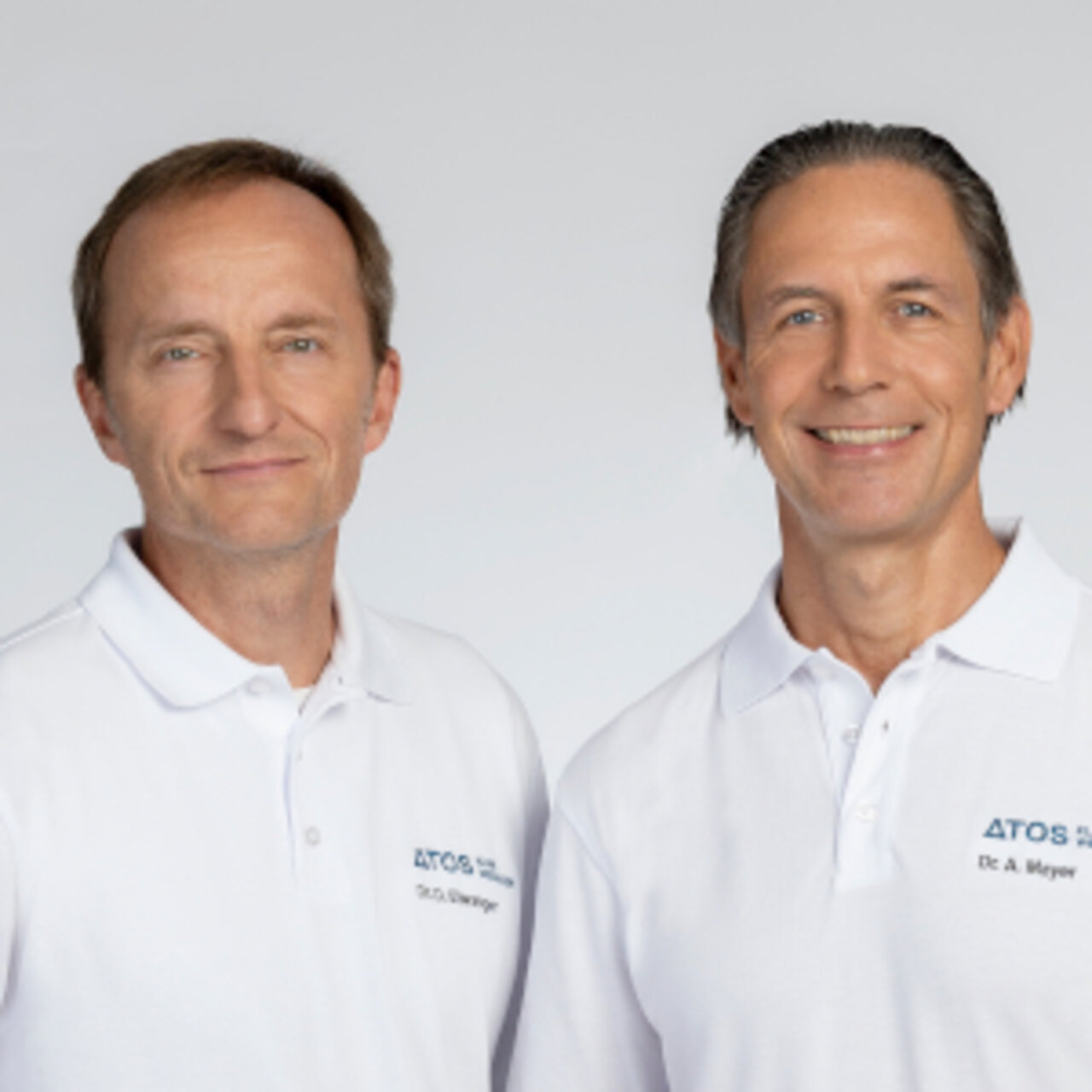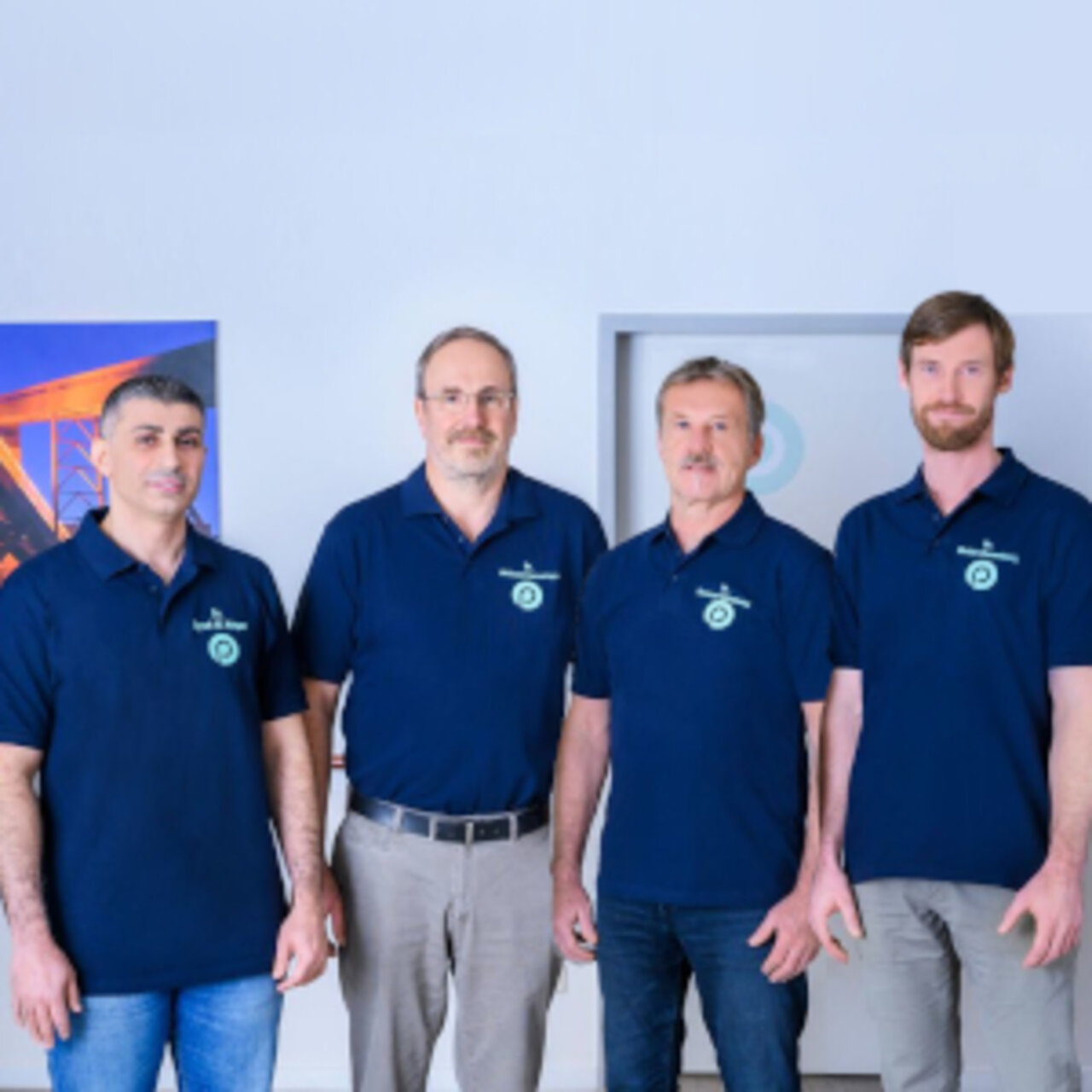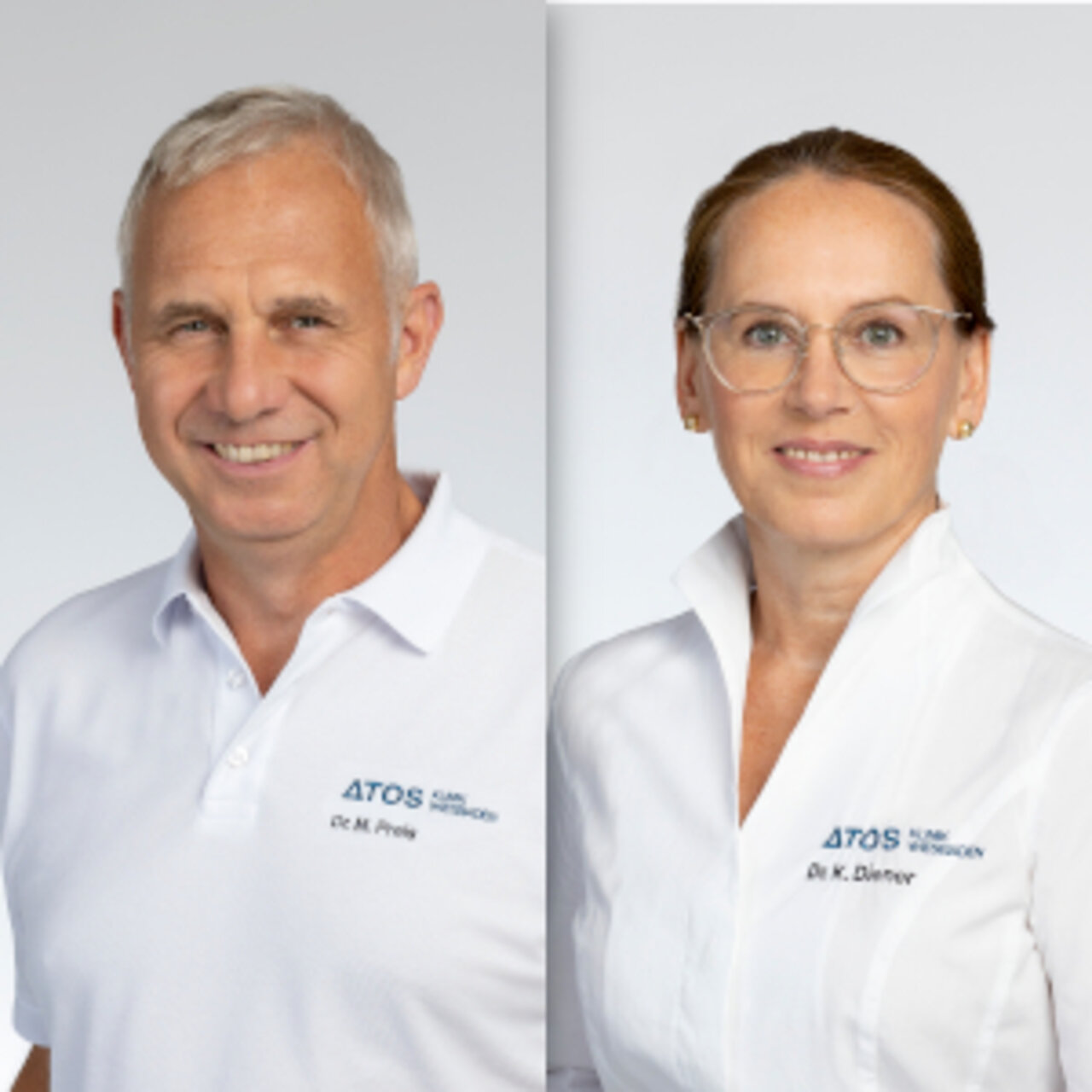Specialists in Meniscus Surgery
14 Specialists found
Information About the Field of Meniscus Surgery
What Are the Menisci in the Knee Joint?
The menisci (inner meniscus and outer meniscus) are two crescent-shaped cartilage discs that serve as femoropatellar grooves between the femur and the tibia. Not only do they buffer during the walking process, but they also serve to distribute weight optimally and keep the joint in position with the help of other structures (cruciate ligaments, external ligaments, and muscles).
The integrity of the menisci is essential for smooth locomotion. Damage to the menisci leads to constant pain and makes normal walking almost impossible (limping gait due to resting posture). Meniscus injuries that result in surgery are typical damage caused by sports such as soccer and skiing.
When Does a Meniscus Surgery Become Necessary?
The most common damage to menisci is caused by constant overloading during sports such as soccer and skiing, where cracks form in the fibrocartilage over time, which do not heal. More rarely, meniscus ruptures are caused by direct trauma (skiing accident, car accident, etc.). Usually, several areas of the knee joint's muscle-ligament apparatus are injured, which then necessitates knee surgery.
The inner meniscus is far more frequently affected by a meniscus tear than the outer meniscus because of the direct connection of the inner meniscus to the inner ligament at the knee joint, which leaves little room for the meniscus to move. In the course of meniscus tears, the torn pieces of the meniscus can jam in the joint space. The result is acute pain accompanied by the risk of further destruction of the surrounding articular cartilage. Meniscus surgery is an absolute must for the best possible preservation of the endangered joint cartilage.
The Procedure of the Meniscus Surgery
At the beginning of every medical treatment, a patient consultation takes place, where you inform the orthopedist/trauma surgeon about the course, symptoms, and other abnormalities in connection with your knee problem. This is followed by a physical examination with meniscus-typical movement tests and possibly imaging. Once the diagnosis has been made, surgery is minimally invasive by arthroscopy (joint endoscopy). Meniscus surgery can be carried out in an outpatient setting, provided that the patient is adequately cared for at home after the surgery and does not have any specific risk factors (e.g., increased tendency to fall due to certain medications).
Meniscus surgery is carried out under anesthesia. In the first step, three small incisions are made in the knee joint area: one for the optics and two for the microsurgical instruments. If it is a meniscus tear due to wear, the defective area is removed. To sufficiently preserve the knee's stability, the maximum amount of meniscal tissue is attempted to be preserved.
Suturing the damaged meniscus is only useful if the meniscus tear is due to acute damage. Besides, the tear must be in the blood-supplied area (only the part of the meniscus near the anchorage) because only blood-supplied tissue has the potential to heal and form a scar strong enough.
After suturing, the meniscus is refixed in a suitable position by screws or hooks in the case mentioned above. If the meniscus surgery is successful, only three punctiform scars remain visible in the knee area afterward.
Prognosis and Aftercare for Meniscus Surgery
Most patients are completely free of complaints and enjoy the regained pain-free freedom of movement a few weeks after the surgery. Consistent physiotherapy and aftercare examinations are additionally essential components that ensure the success of the meniscus surgery.
Usually, after partial removal of the meniscus during meniscus surgery, immediate movement up to weight-bearing is possible. The danger of sparing partial meniscus removal is new tears. However, this risk must be taken to preserve sufficient meniscal cartilage for as long as possible.
If a meniscus suture is successful, a relief phase of about 6 weeks should be expected. This time is necessary to guarantee complete healing of the scar. Due to the required immobility, the prevention of blood clots by abdominal injection is essential (thrombosis prophylaxis).
Which Doctors are Specialists for Meniscus Surgery?
Every patient who needs meniscus surgery wants the best medical care. Therefore, the patient is wondering where to find the best clinic for meniscus surgery.
As this question cannot be answered objectively and a reliable doctor would never claim to be the best one, we can only rely on the doctor's experience. The more meniscus surgeries have been carried out; the more experienced the doctor becomes in his specialty.
Specialists in meniscus surgery are orthopedic surgeons who specialize in treating knee joints. Their experience and many years of practice as orthopedic surgeons specializing in knee surgery make them the right choice to carry out meniscus surgery.













